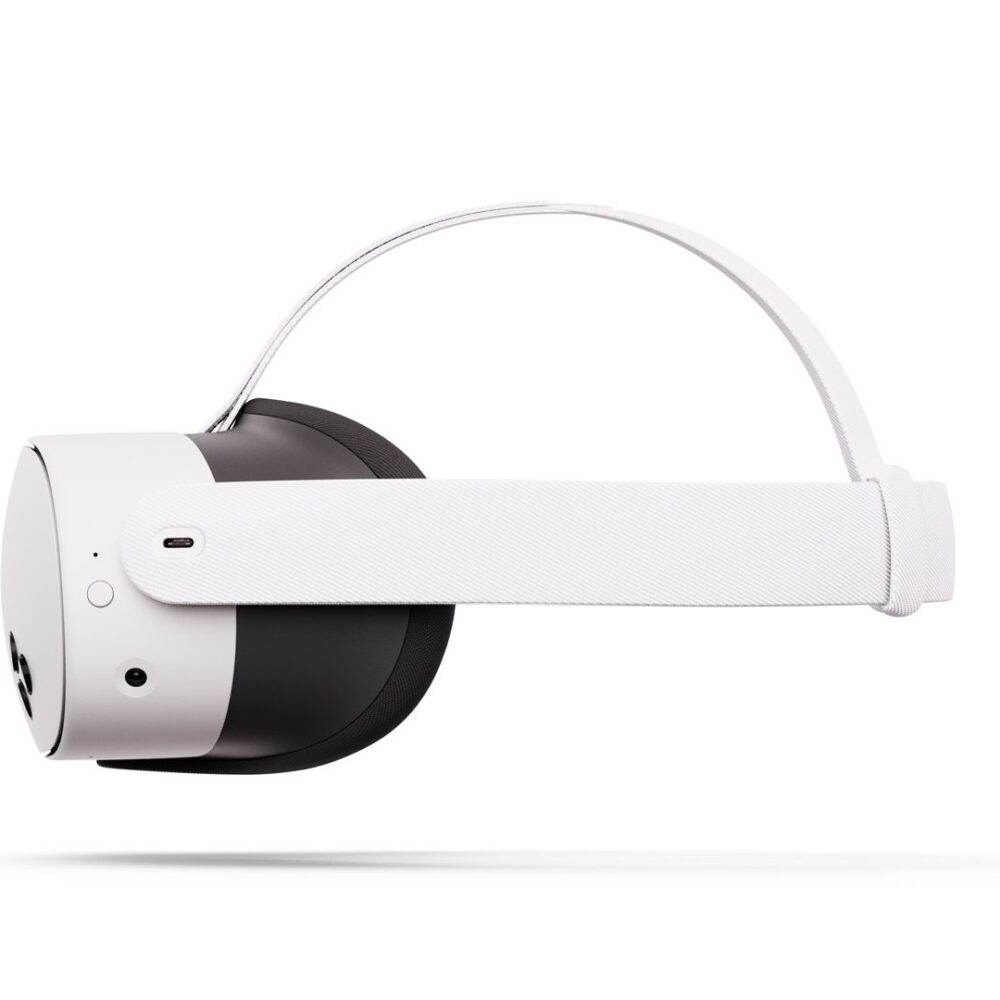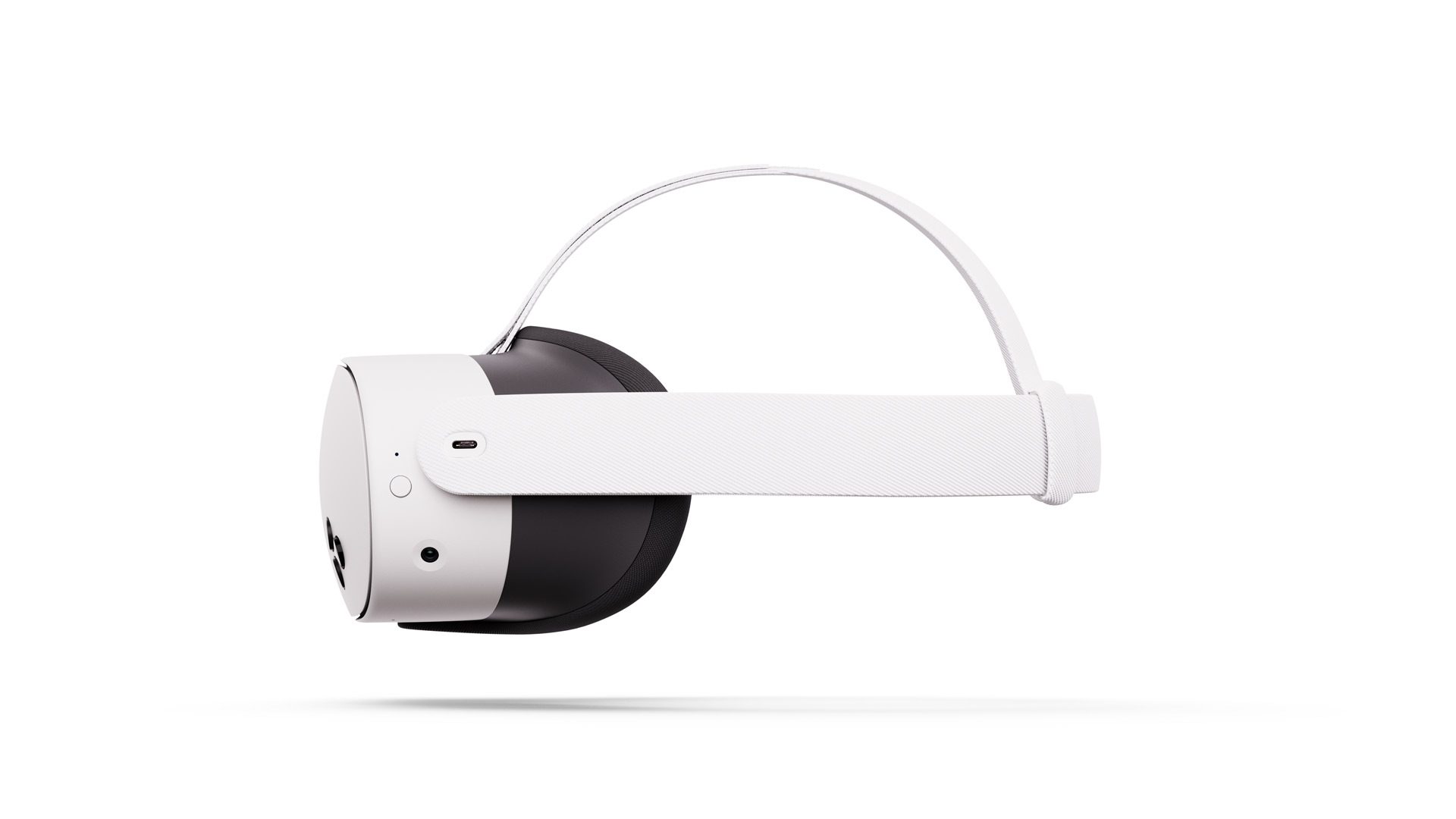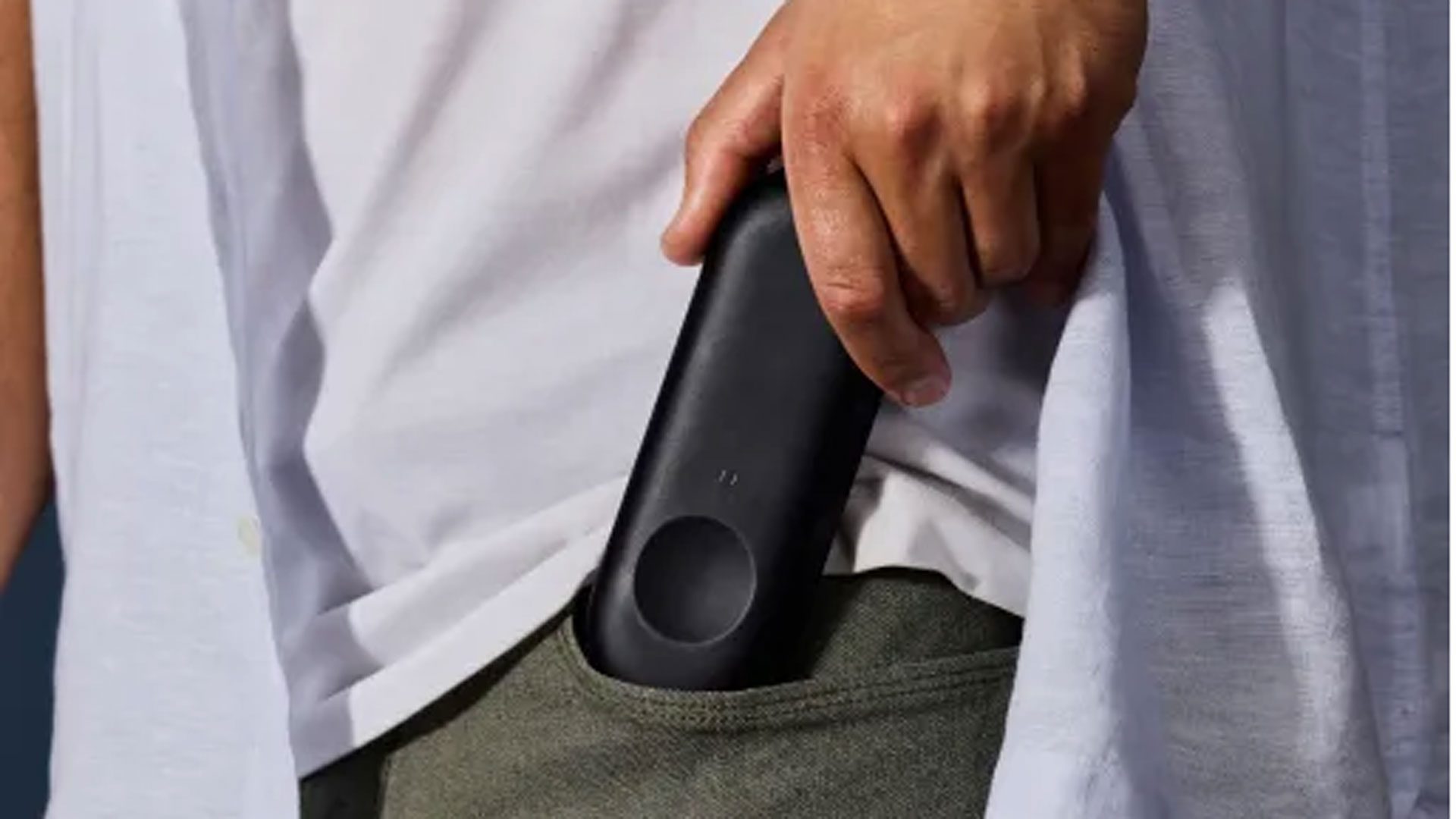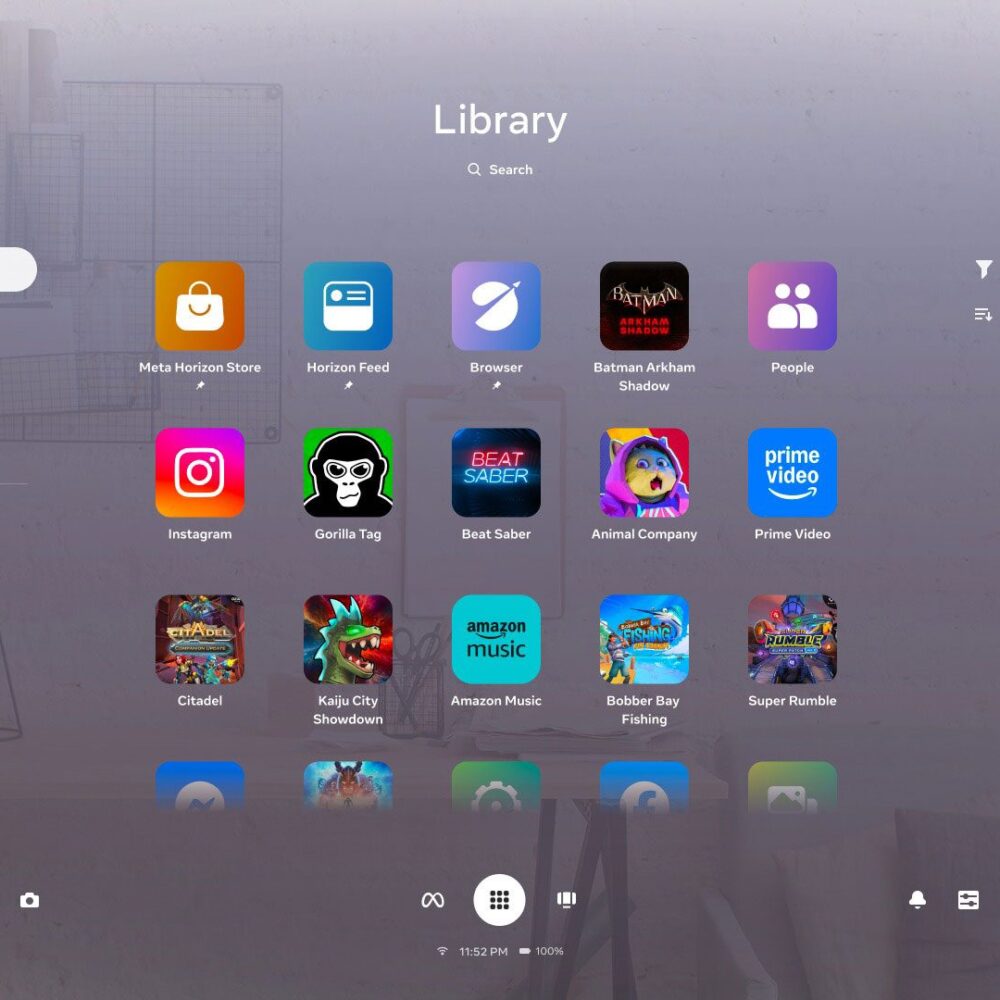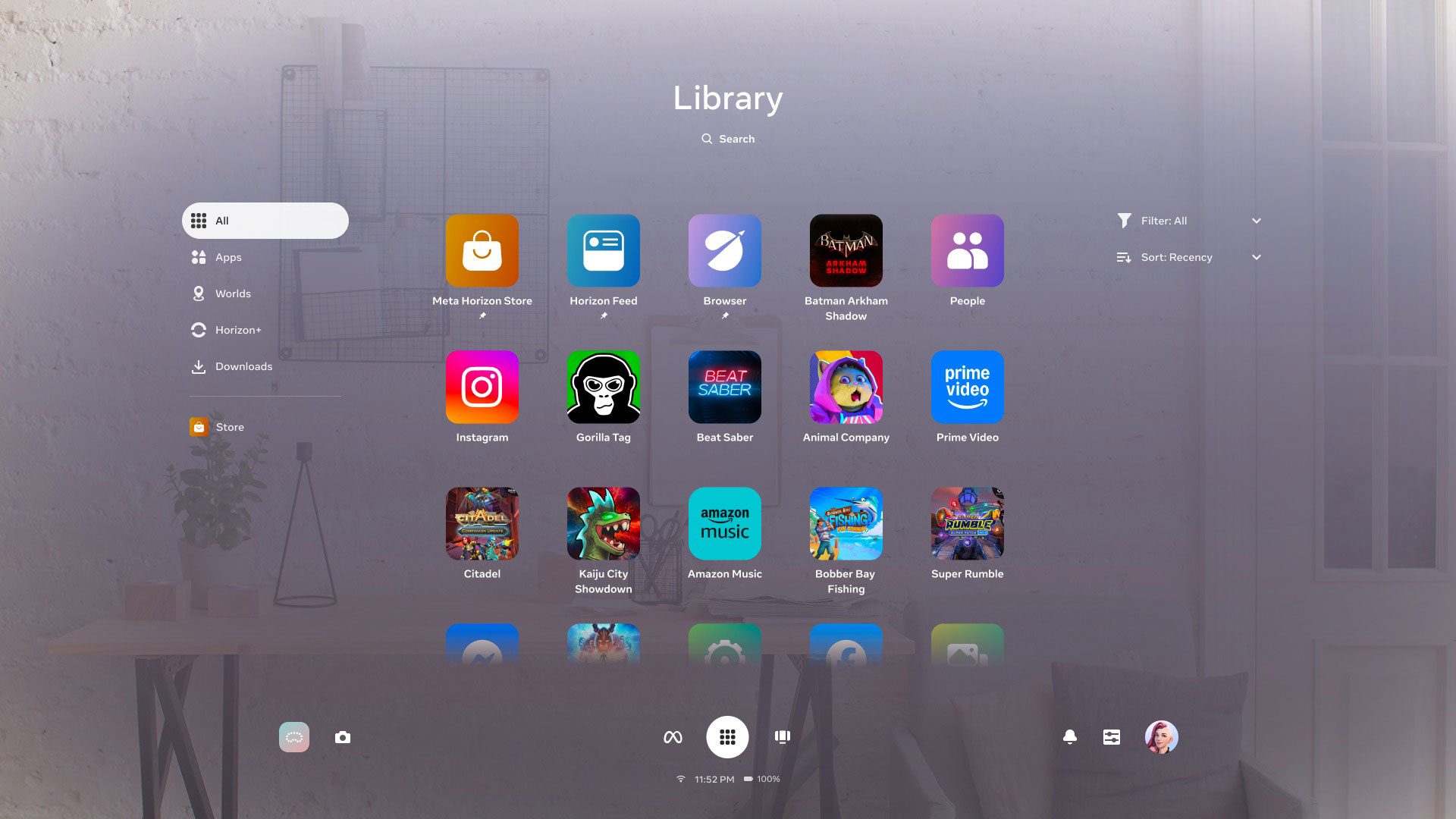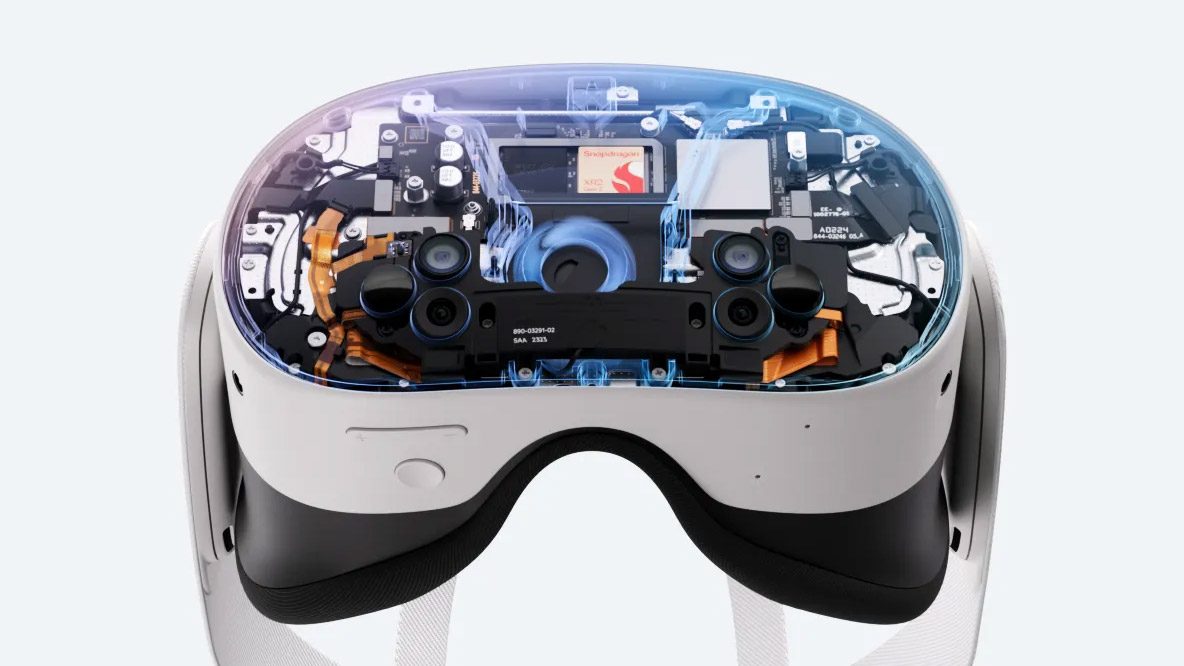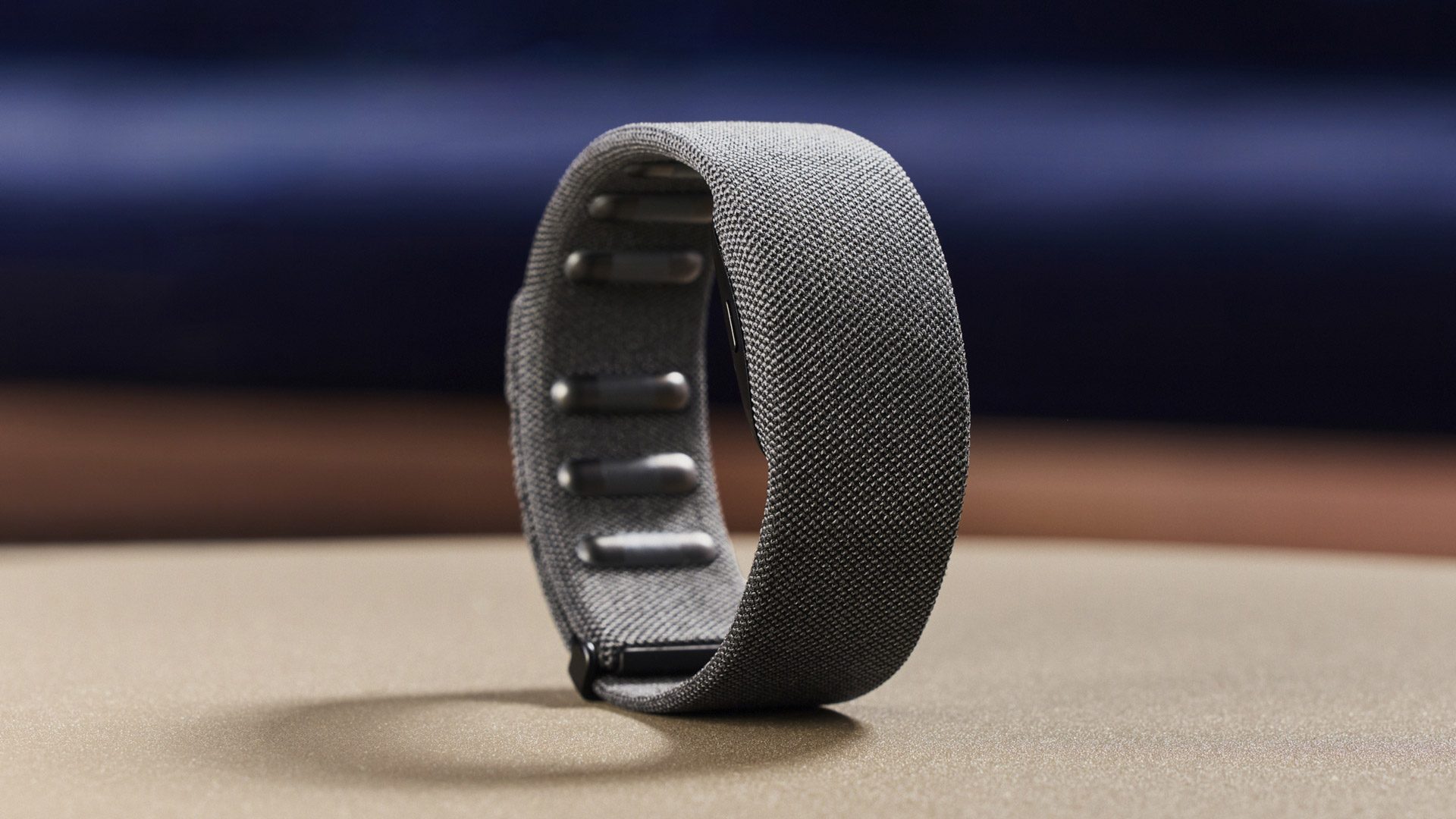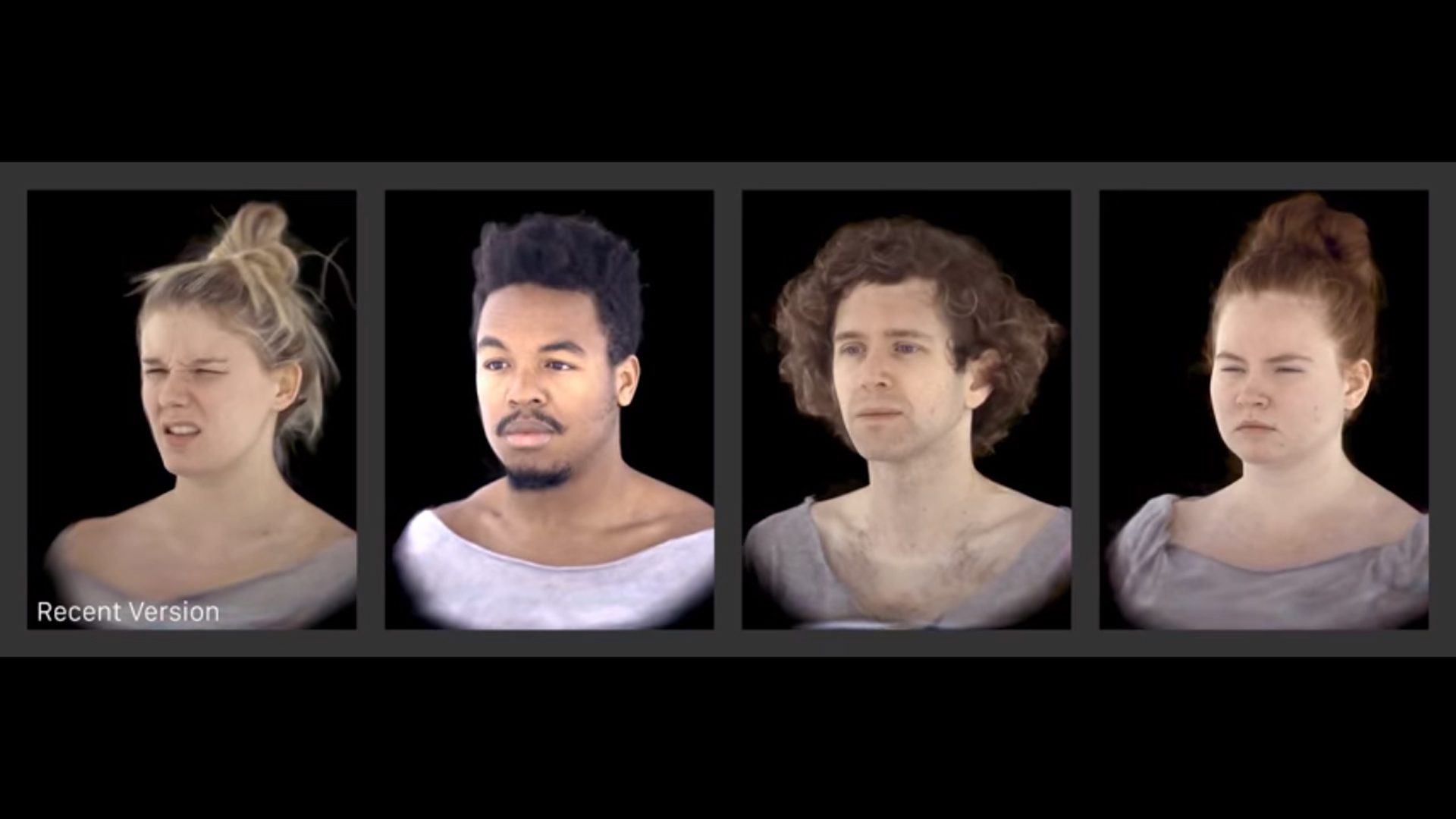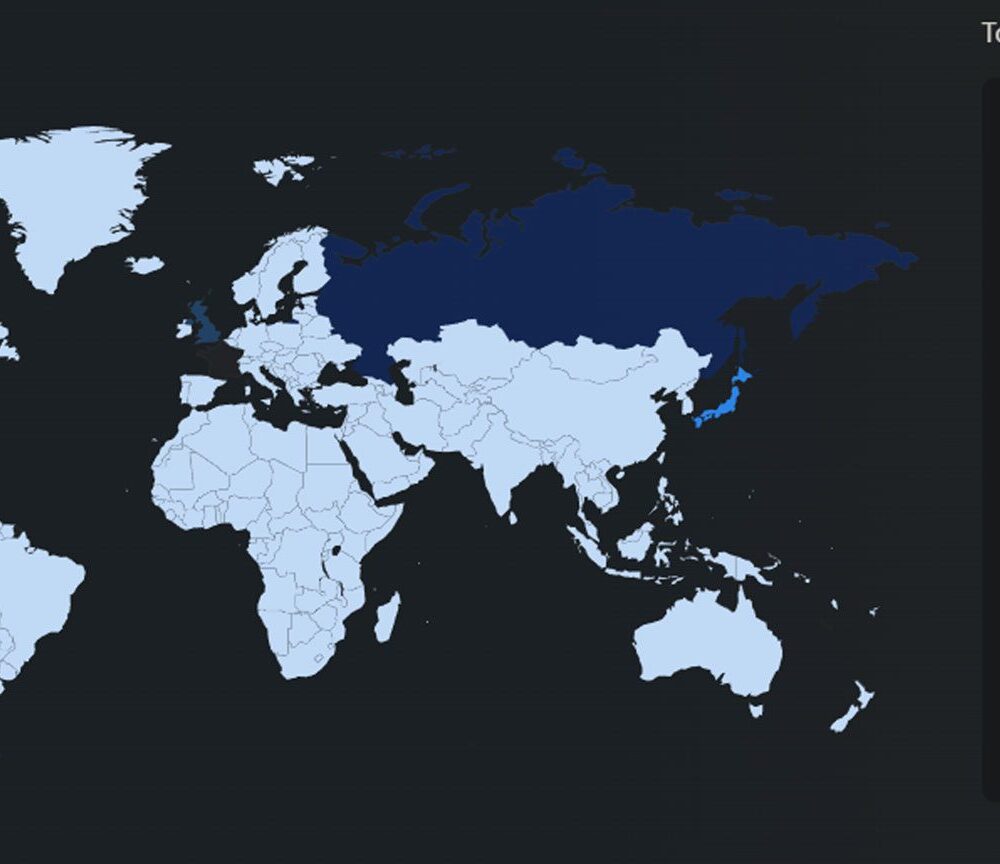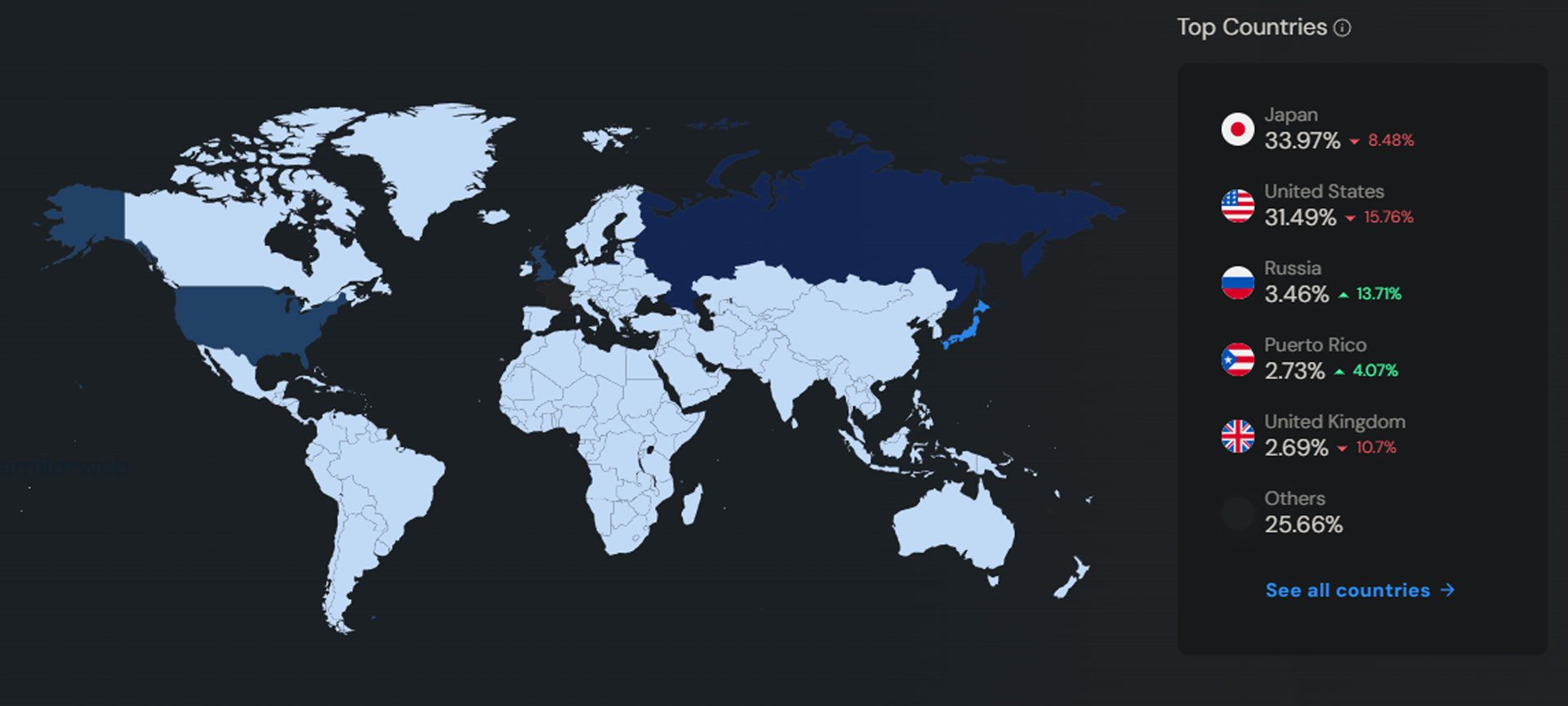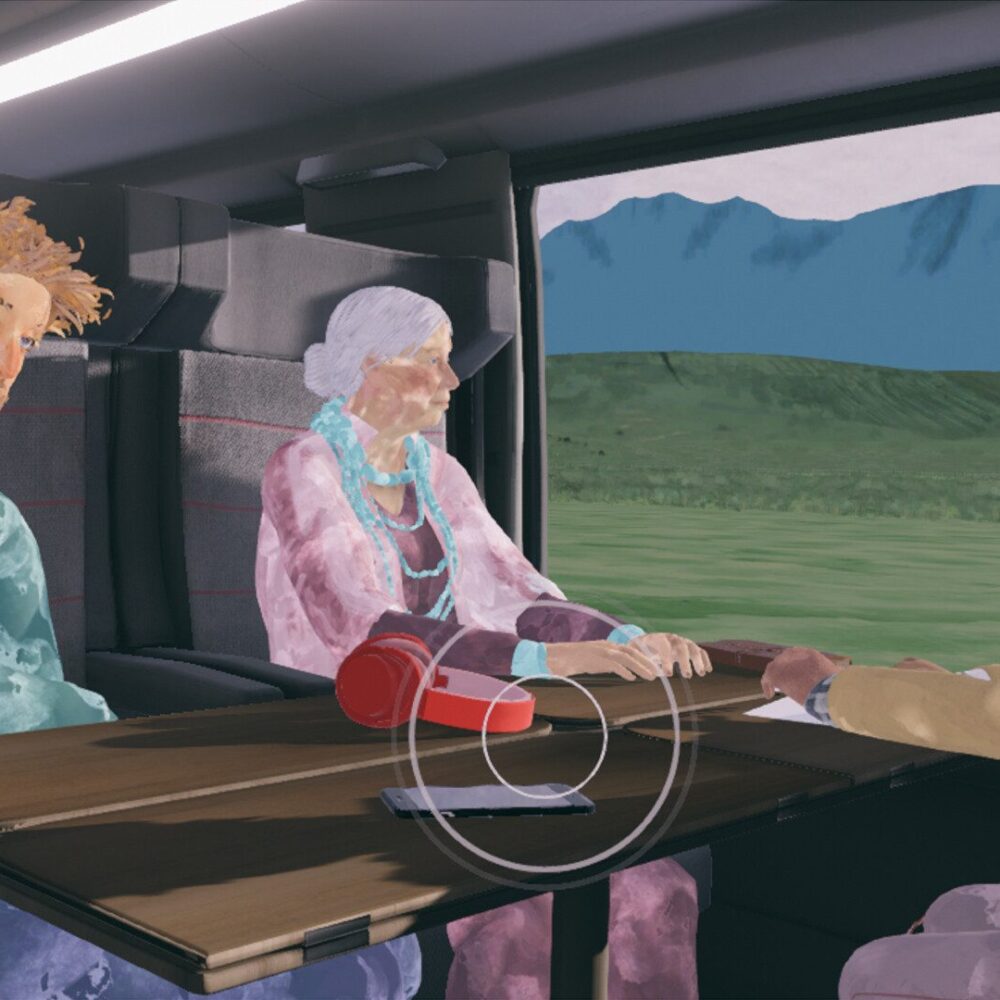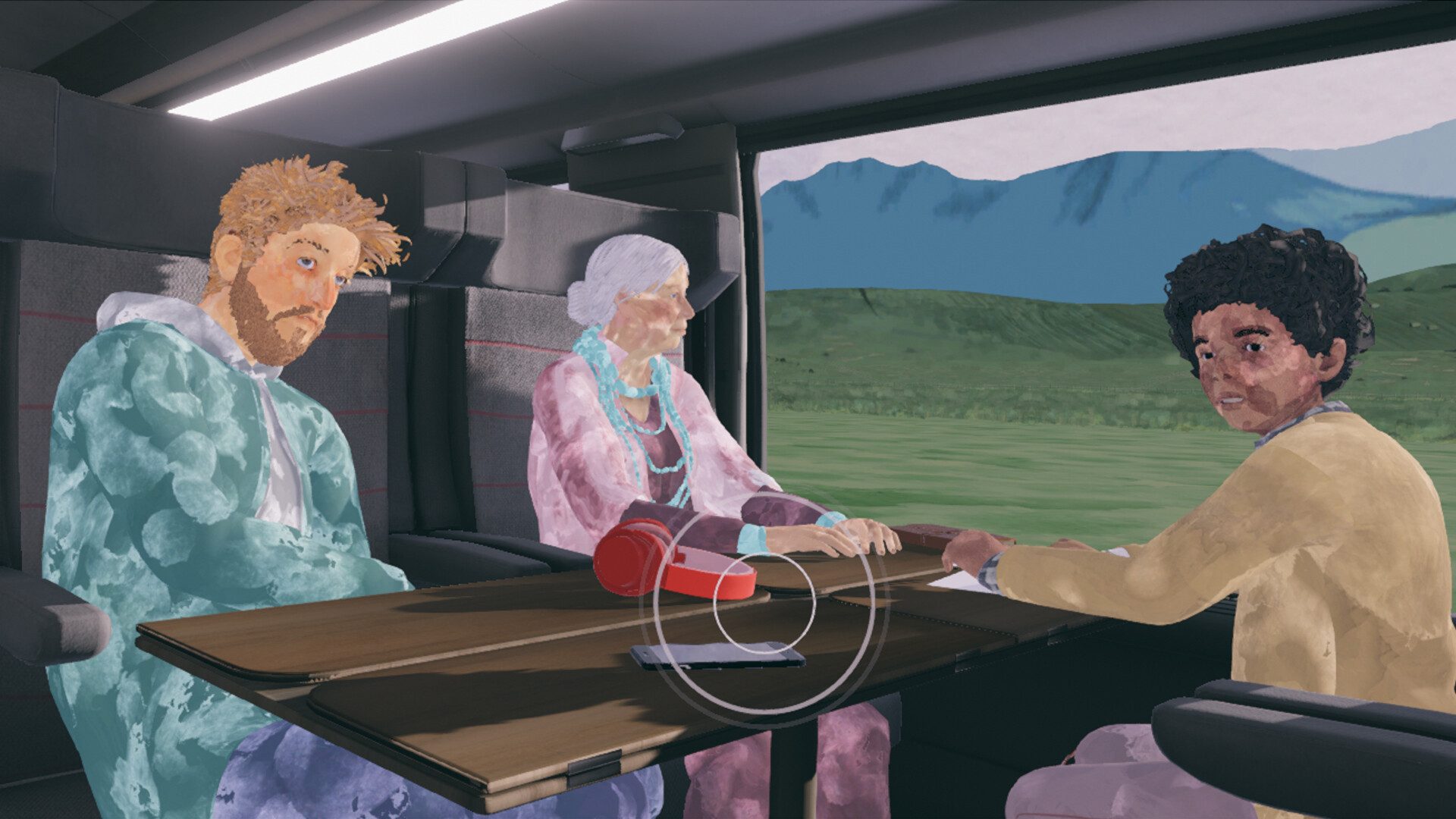Meta announced it’s now added an official Zoom app to the Horizon Store, letting you host and join online meetings as your Quest avatar.
This isn’t the first time Quest users could jump into a Zoom call in VR. In 2021, the company integrated Zoom into Horizon Workrooms, its all-in-one immersive collaboration app. That was more focused on face-to-face VR meetings though, which could also allow you to include webcam participants into a single immersive space.
Now, users just looking for Zoom and nothing else can download the standalone app for free, which Meta calls a “seamless extension of the Zoom Workplace app you’ve already been using on your mobile or desktop.”
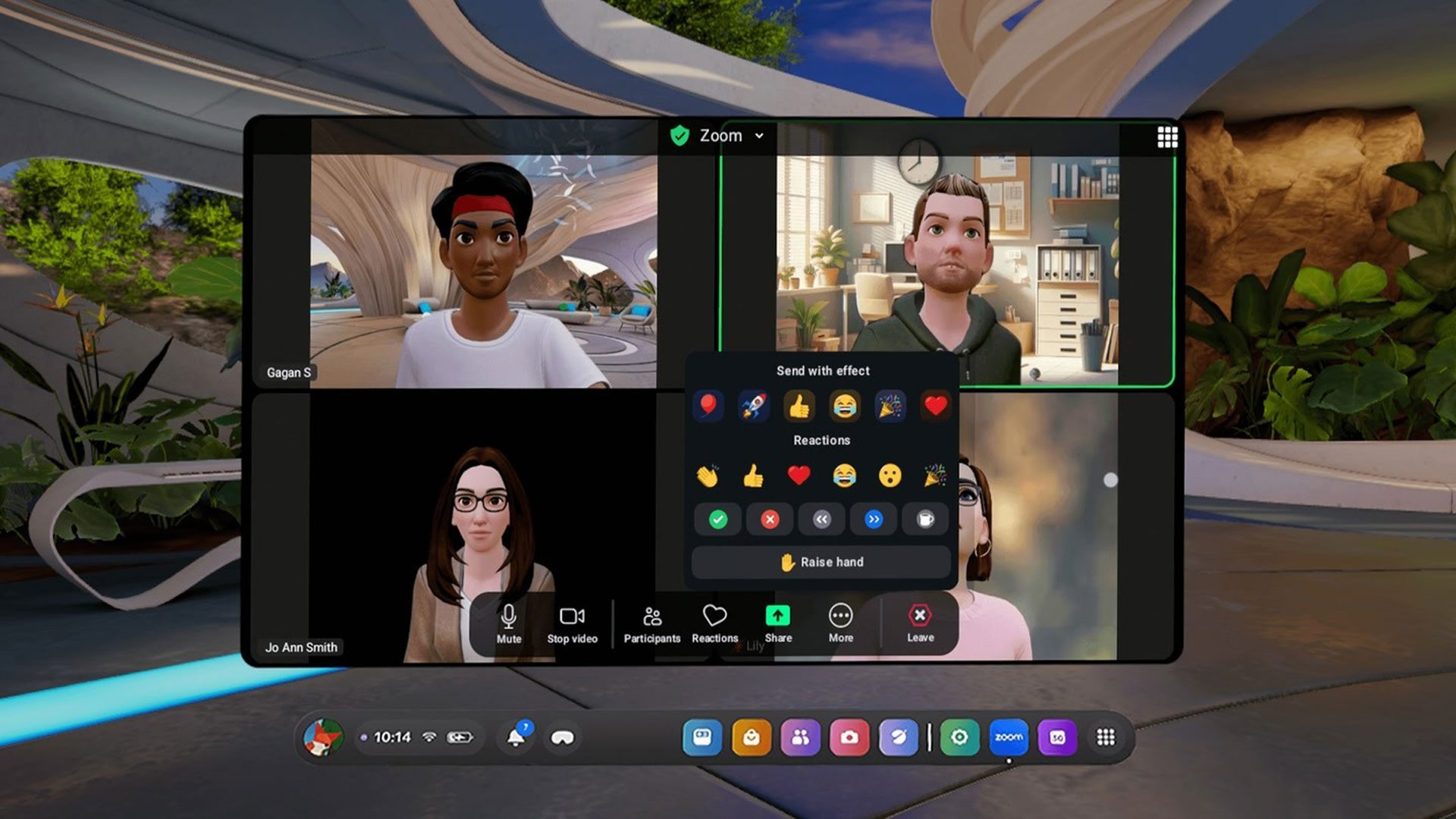
The new Zoom app lets you participate in meetings as your Horizon Worlds avatar, although not within an immersive environment like Horizon Workrooms. Zoom for Quest essentially projects a 2D video of your avatar to anyone, be it a fellow VR user or a person using a standard webcam.
The question remains whether you’d actually want to join meetings using your Meta avatar. While greatly improved over the years, they’re still just as cartoony as ever—especially in comparison to Apple’s latest Persona avatars coming to Vision OS 26. Notably, Vision Pro has had its own Persona-capable Zoom app since the headset’s initial February 2024 launch.
That said, it’s difficult to argue with free. To start using Zoom on Quest, simply download the Zoom Workplace app from the Horizon Store, and login with the same profile you use on mobile or desktop to get chatting.



